RAIL MISERY: 1 in 3 Highland trains fail to arrive on time
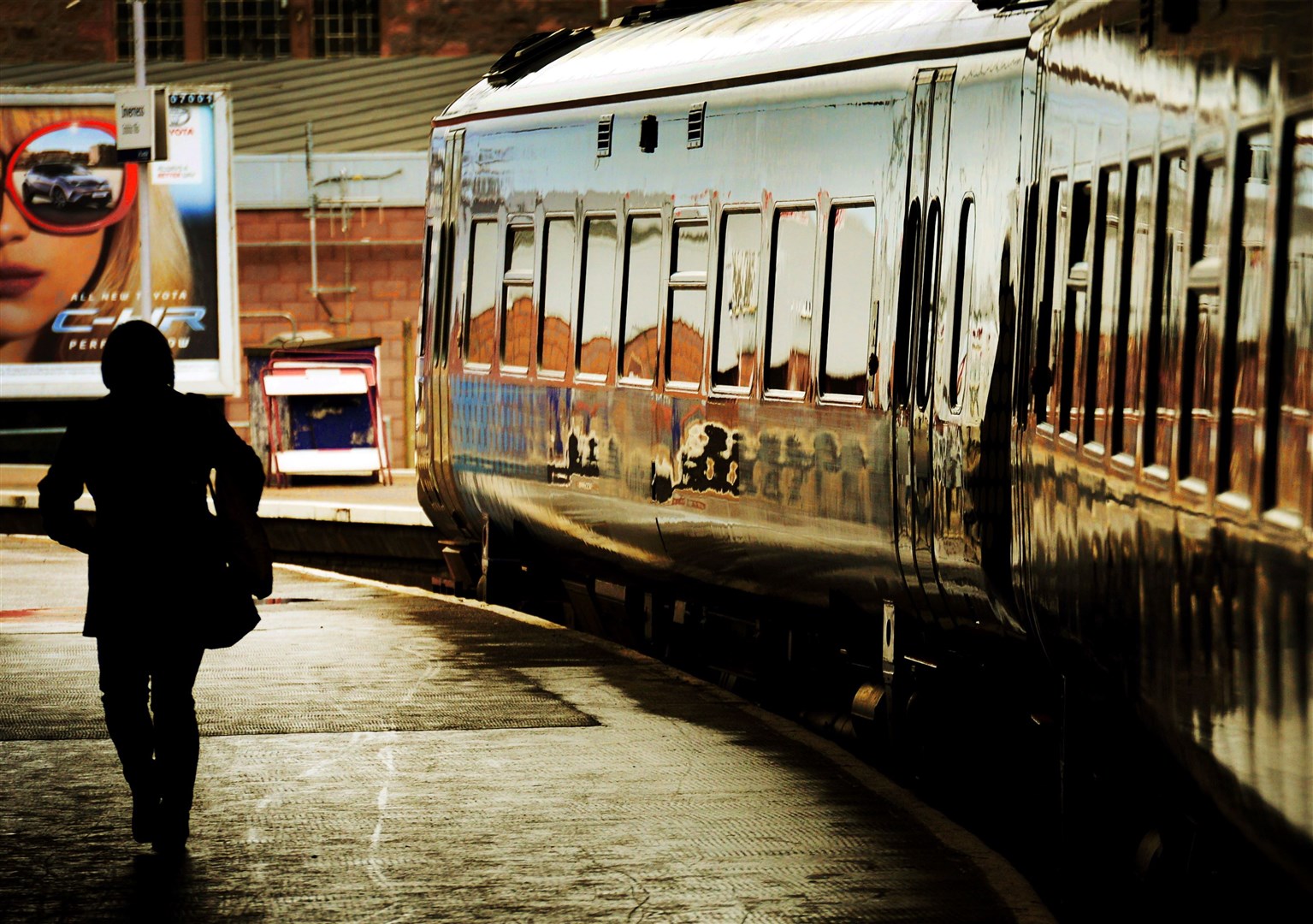
One year after the Scottish Government took control of ScotRail, official figures show fewer than one in three Highland trains typically arrive on time, prompting critics to claim the opportunities of nationalisation have been “squandered”.
Data shows that train services across the Highlands are less punctual than the national average at every station and are failing to meet national performance targets.
According to the most recent data, Kyle of Lochalsh, Elgin and Aviemore stations have recorded a decline in punctuality for trains that start or end at these destinations since nationalisation.
On one more stringent measure, only half of the trains that start or finish at Kyle of Lochalsh, Wick and Tain arrived on time over the 12 months to April 2023. Meanwhile, at Inverness fewer than 56 per cent of trains have arrived on time for the last three years.
Public transport campaigners said the poor punctuality was caused by old and unreliable trains and a lack of investment in rail infrastructure. Opposition politicians called for action to end “rail misery” for Highlanders.
'We need more crossing loops or doubling the single track railways'
Ian Budd, from the Friends of the Far North Line, said the Scottish Government would struggle to meet its target of cutting road use by 20 per cent without investment in the railways.
“The last thing needed in the Highlands is for potential rail passengers to be discouraged by poor punctuality," he said.
“Any lateness of a single train is exacerbated by the lack of infrastructure – all the railways in the Highlands are single track, with very few passing places.
“The remedy is for the Scottish Government to invest in providing additional crossing loops or doubling the single track railways. This will remove the knock-on effect of one train's late running causing other trains to become late as they wait to pass.”

This kind of investment was needed across all the rail routes in the Highlands, he said, as it would allow more frequent passenger trains and additional freight services.
The cost of improving capacity and reliability of the Highland rail system would be far less than the price tag for dualling the A9, he added.
John McCormick, of the Scottish Association for Public Transport, said that the Scottish Government should replace the old, slower trains that are used on the Far North and Kyle lines and replace them with modern hybrid-electric trains.
Poor service at Highland stations “underlines the need to replace these trains with new zero-carbon trains using electric, battery or hydrogen fuel," he said.
“Electric or battery trains have lower operating costs, faster acceleration and higher reliability than diesel trains,” he added, stating that rail should play a “crucial role” in reducing climate pollution from transport.
The criticism comes just weeks before ScotRail is due to hike prices by nearly five per cent across the country. It will be the first rise in train fares in 18 months.
Whilst all Highland stations have reported poor performance statistics over the last year, the punctuality of rail services has also dropped across the country in the year since the Scottish Government took direct control over ScotRail.
On ScotRail’s preferred “PPM” measure, which is defined as “the percentage of booked services which arrive within five minutes of their booked arrival time, having called at all booked stations on the route,” national performance dropped to 89 per cent a year after they took over the service.
The government’s own national target is 92.5 per cent. On this measure, no Highland station met the national target, or even the national average score.
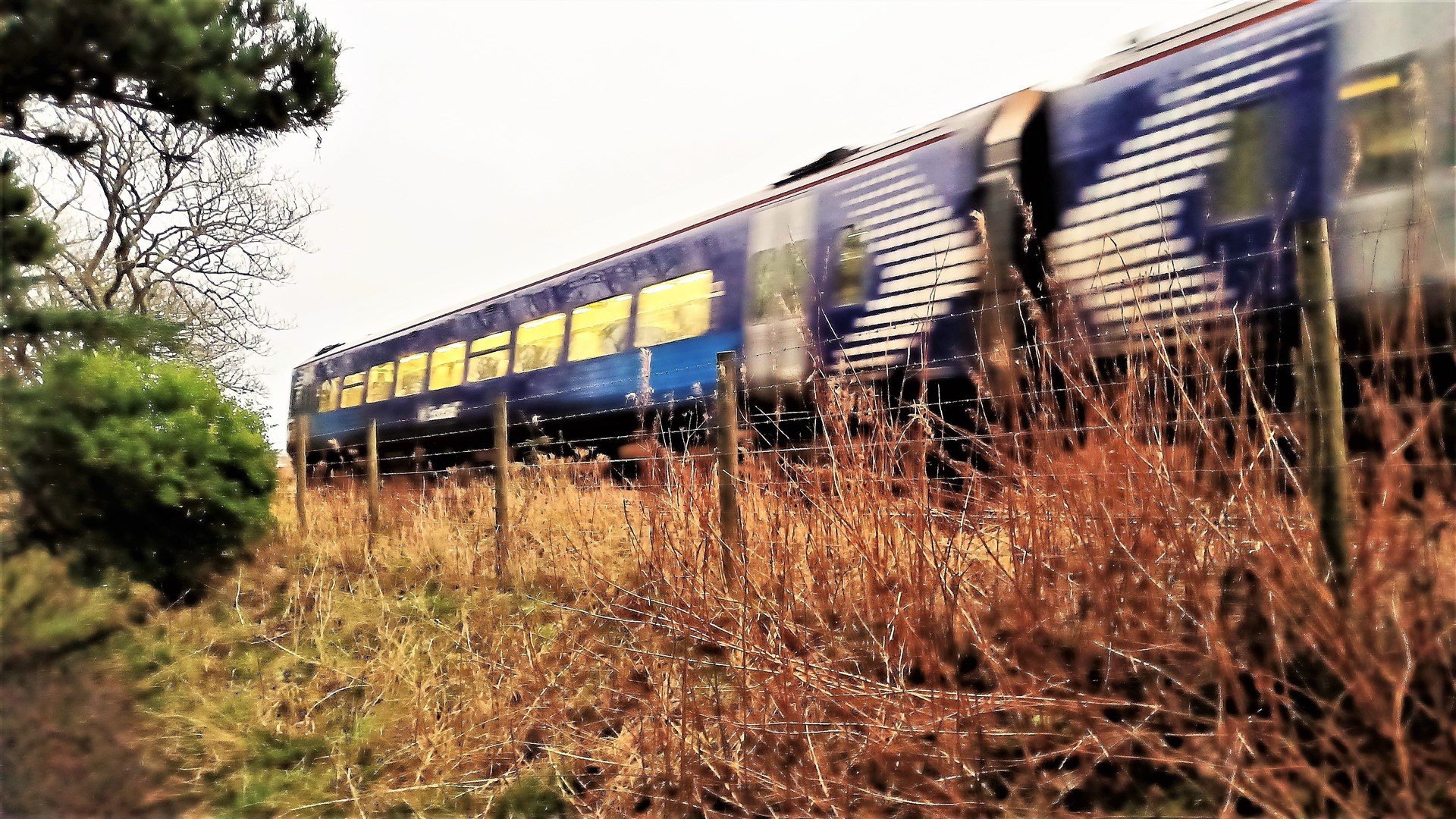
'Longest-running April Fools' joke'
Scottish Labour transport spokesperson Alex Rowley said: “The SNP’s incompetence has squandered the opportunities of public ownership and failed communities across the Highlands.
“When ScotRail was taken into public hands it should have been a chance to provide a rail service that truly works, but the SNP’s lack of vision has left passengers dealing with yet more rail misery.
“These delays and cancellations will have caused chaos with the region’s already threadbare rail services, leaving people stranded, communities cut off and local economies weaker.
“Years of SNP failure has left people in the Highlands with dismal transport options – the buses are non-existent, the roads are dangerous and the trains don’t run on time.
“We need to dual the A9 as a matter of urgency and get local rail services back on track.
"Passengers were promised a bright new beginning when the SNP took over the running of our railways on April 1 last year, but the reality has turned into the longest-running April Fools' joke."
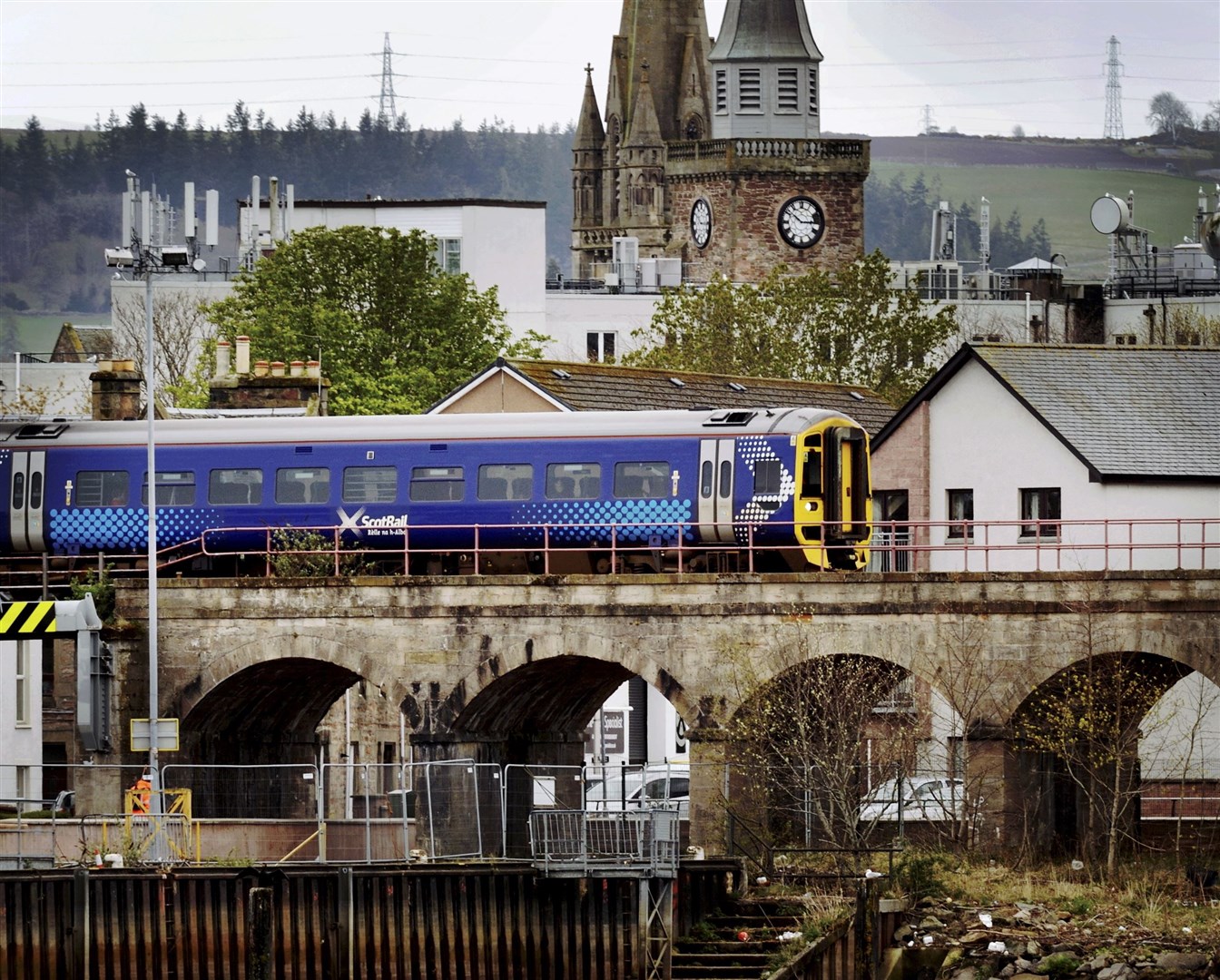
Regional Tory MSP Jamie Halcro Johnston said: "It is deeply disappointing that performance across the Highlands is declining at some stations, when services are already at a premium.
"A lack of reliable services only means more people will be left with little option but to travel by car instead at a time when SNP-Green ministers should be doing all they can to support public transport.
"Those in the Highlands are not only suffering poor train services, but are forced to drive on the A9, which is simply not fit for purpose.
"From rail to road to ferries, those in the Highlands and Islands are being let down at every turn by the SNP-Green government on their transport needs."
'We’ll continue to work flat out'
ScotRail head of customer operations Phil Campbell said: “Everyone across Scotland’s Railway works tirelessly to deliver a safe, reliable, and robust service for our customers.
“We understand and share the frustration of our customers when things do not go to plan, and we’ll continue to work flat out to deliver the service they expect and deserve.”
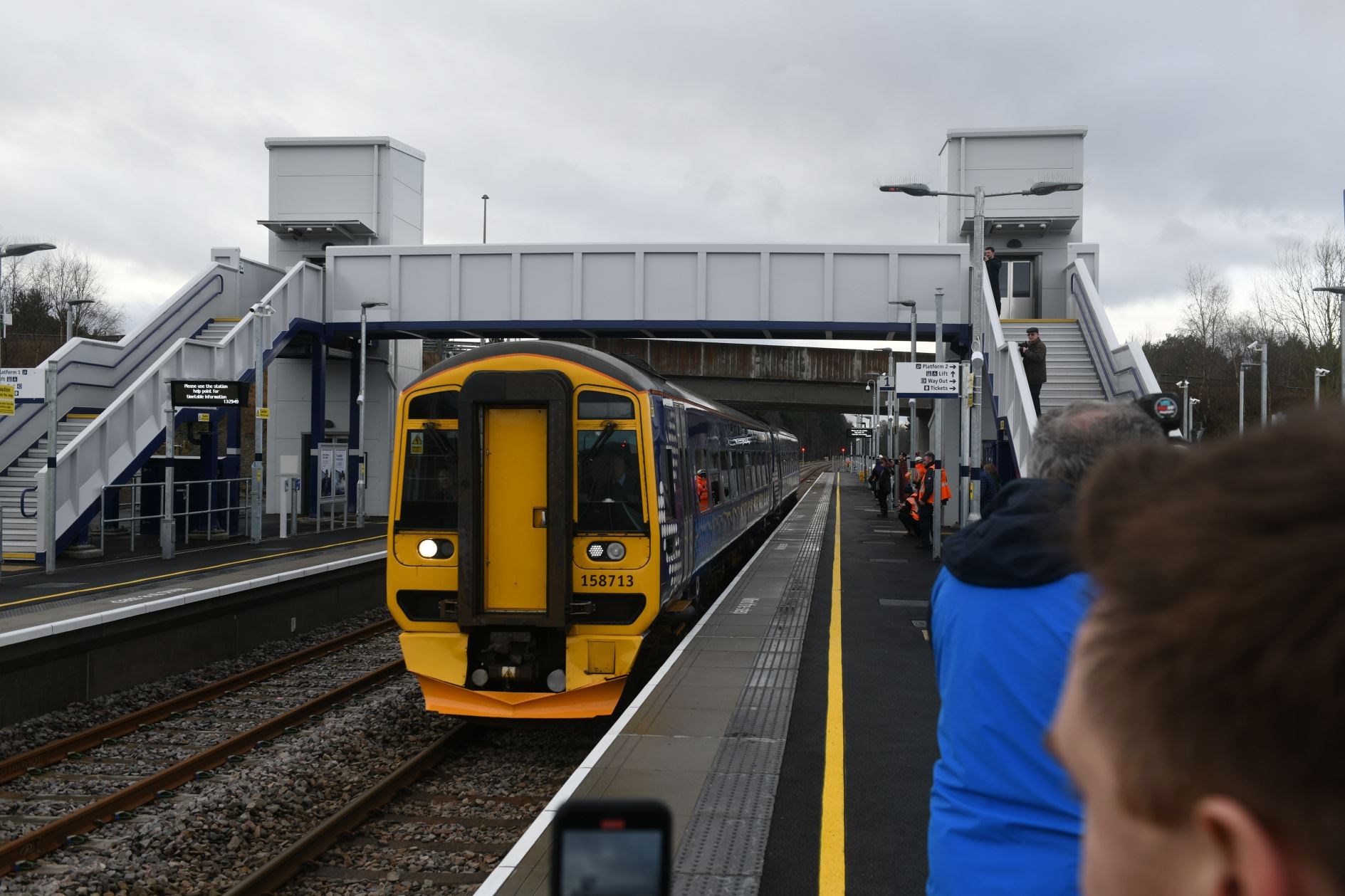
A Transport Scotland spokesperson highlighted recent investments at Inverness Airport Station and £5 million spent on a new radio signalling system on the Far North Line.
“Our aim for public ownership of ScotRail is delivering a service which listens and responds to passenger need," they said.
“According to Transport Focus survey results published last October, overall satisfaction with ScotRail was 90 per cent. This is four per cent higher than the previous year and three per cent above the GB average.
“Arrivals within five minutes of the scheduled time is the industry standard measurement. This approach allows drivers discretion to allow extra time for passengers with impaired mobility or those struggling for one reason or another. While stations in the Highlands are below the national average for this target, a key ministerial priority for rail is to lift these figures across all services by ensuring ScotRail remain focused on driving performance upwards.
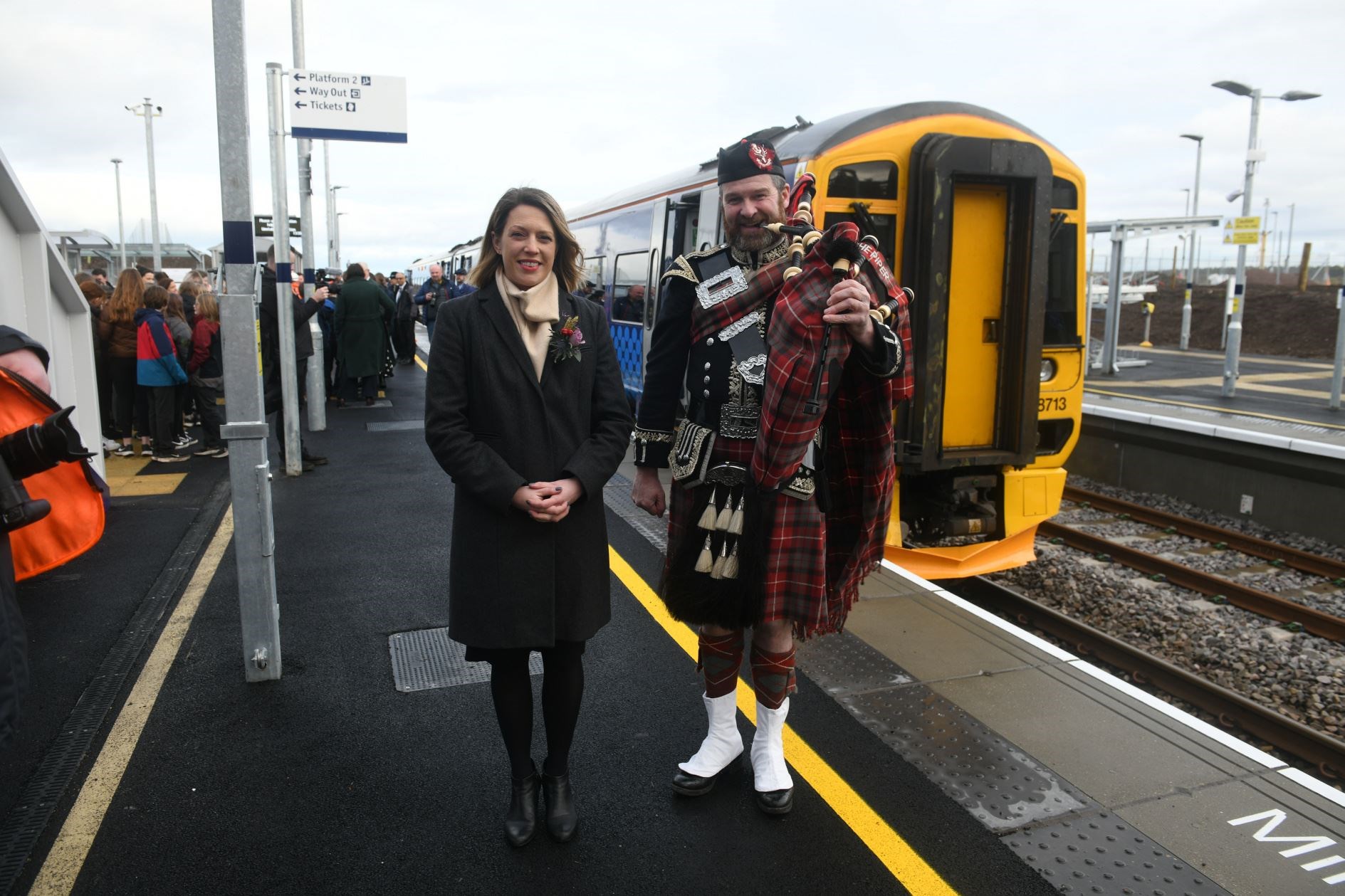
“Beyond this we are committed to making rail more attractive and that is evidenced by our significant investment that includes the new £42 million Inverness Airport Station and a £5 million package of investment in the Far North Line radio signalling system, with stations on the route benefitting from the addition of the request-stop kiosks on platforms. We have also provided increased service levels from Inverness to Aberdeen, and we are developing plans to make Nairn, Pitlochry, Kingussie and Aviemore accessible.
“Our decarbonisation action plan is putting in place measures to remove diesel rolling stock from Scotland’s fleet and through its refresh this year we are ensuring we are introducing the right projects, at the right time, in the right place.”
Do you want to respond to this article? If so, click here[2] to submit your thoughts and they may be published in print.
References
- ^ Click here to sign up to our free newsletters! (www.ross-shirejournal.co.uk)
- ^ here (www.ross-shirejournal.co.uk)